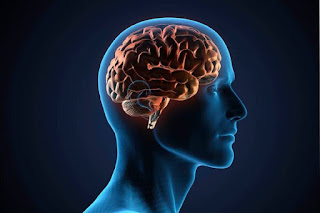parkinson disease
Parkinson disease
Parkinson disease, which is 2007 affected 25000 people in Quebec, is an example of basal ganglia disorder that occurs most often in people in their 50s and 60s. It is caused by a degeneration of the neurons of the substance stantia nigra ( gray matter of the cerebral peduncle) that release dopamine. As these neurons deteriorate, the basal nuclei they normally supply with dopamine become hyperactive. Hence the well-known symptoms of the disease. people with resting tremor ( which means shaking of the head and crumbling movements of the fingers). Walk inclined to the front and step dragging, have the expression of the face frozen and experiencing difficulty begin movements or to put their muscles running bradykinesia.
The cause of Parkinson disease is still unknown. Levodopa( L-DOPA), which is converted into dopamine in the body, is a drug that relieves some of the symptoms, but it does not cure the disease and loses its effectiveness as the destruction of neurons. Levodopa also has side effects such as nausea, dizziness. and in some cases liver problems. other categories of substance are used for their effects that mimic those of dopamine or inhibit its destruction. A newer drug, DEPRENYL,
slows down neurological deterioration somewhat when it is an administration in the early stages of the disease. He can thus delay by 18 months the need to resort to levodopa.
sometimes a device that sends electrical signals to thalamus is installed. These signals block the impulses that cause the tremors, but they provide little more. the substantial nigra fetal drain implants and genetically modified adult substantial nigra cells are more promising in terms of duration of effects because they have caused a regression of the symptoms of the disease but the use of fetal tissue is controversial and faces ethical and legal obstacles.






Comments
Post a Comment